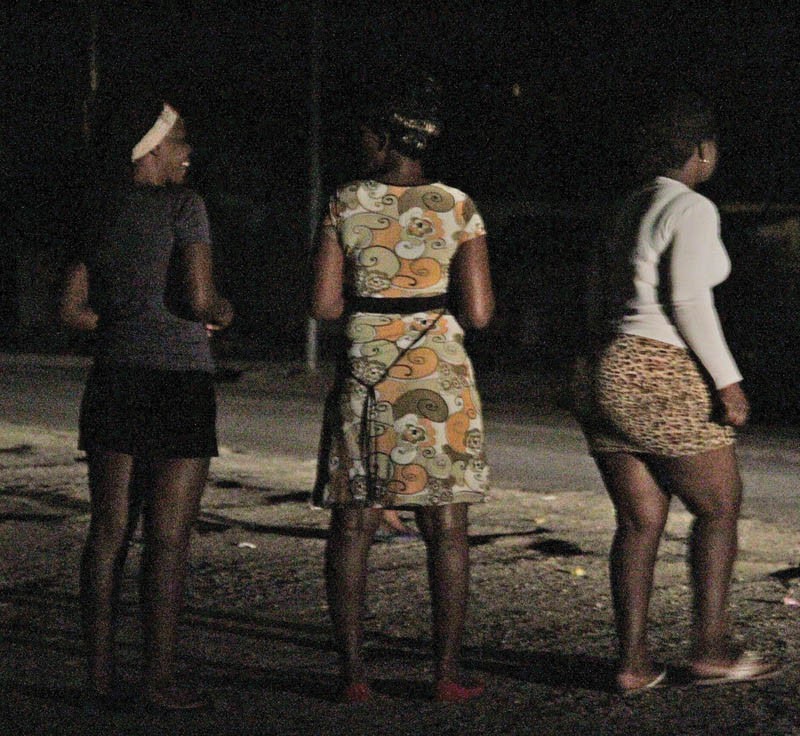'Prevention of HIV is essential amongst key population'
Nnasaretha Kgamanyane | Friday January 11, 2019 13:59


The Mapping and Size Estimation Exercise (MSE) and the second Behavioural and Biological Surveillance Survey Research II (BBSS) of HIV/STI were conducted amongst female sex workers (FSWs), transgender people (TGs) and Men who have Sex with Men (MSM). to provide a basis for estimating the number of these key populations in selected districts throughout the country.
MSE research has shown that preventing HIV in these populations is essential to successfully controlling the HIV epidemic in the general population, which are particularly vulnerable to HIV infections.
On the other hand, second BBSS amongst select key populations in Botswana is conducted to better understand the incidence (new infections) and prevalence of HIV infection amongst female sex workers and men who have sex with men in five districts of Botswana and amongst transgender people in Gaborone.
The MES for FSW used the census method across 12 selected districts and arrived at an estimate of 6,718 FSWs. “There is an overall decline in consistent condom use from 79.5% in 2012 to 71.2 in 2017 and decline in condom use with the last commercial sex from 90.1% to 81.2%. A third reported not using condoms consistently in the last month because of being paid more.
Alcohol abuse also impacts on condom use, with 42% reporting being drunk before sex at least one per week in the last month and one in three saying that they weren’t able to use a condom correctly at least once because they were drunk,” it noted.
According to the report, there was also an overall increase in anal sex from about three percent in 2012 to about 10% in 2017 where only half reported using condoms during anal sex. It stated that the highest increase was noted in Francistown, and this district also had the biggest drop in condom-use during anal sex.
The report says more than half experience an STI in the last year, and 40% said they had one or more symptoms at the time of the study, similar to 2012 results.
About 93% of sex workers reported ever being tested HIV (from 88% in 2012), however only half reported testing in the last year, similar to 2012. It further notes that most of FSWs utilise government STI services and report high levels of satisfaction.
However, only a minority are said to disclose that they sell sex to the nurse where about one out of six reported being forced to have sex in the last year, and a quarter that reported experiencing physical violence. “Access to treatment amongst the self-reported positives improved drastically from 25% in 2012 to 88% in 2017, with 99% reporting taking their ARVs everyday. Knowledge of PrEP was low, however willingness to take it was high, once sex workers understood what it was. HIV prevalence has dropped from 61.9% is now 42.8%,” it notes.
Comparing the districts only included in BBSS-I (2012), HIV prevalence from 61.9% to 51.3%. It indicates that there was a significant decline in Francistown from 53.5% to 37%. The study also shows a huge variation in HIV prevalence at district level from a low of 28.3 in Maun to 71.8% in Chobe.
Pertaining prevalence of chlamydia it is at 16% and syphilis nine percent are higher than in 2012, while gonorrhea is lower at six percent. The study shows that there were no cases of hepatitis C found. However, hepatitis B was high in Maun at 11%. Meanwhile, it recorded 736 MSM in the five districts and all participants were Batswana. It indicates average age of about 25, slightly older than 23 years in 2012, with variation between districts. They too had challenges similar to those of FSWs. However, Francistown had the highest HIV prevalence, reported the highest mean number of sex partners in the last six months of 2017, where the most likely to be in concurrent relationships (68%) and were most likely selling sex.
